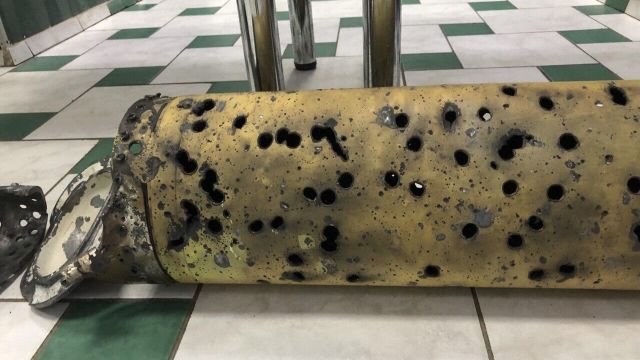LUGANSK, January 17 — RIA Novosti. The Armed Forces of Ukraine have almost run out of ammunition of the legacy of the USSR and their own production, more than 70 percent of weapons and ammunition are NATO-made.
"What they are given, they are fighting; there is nothing left of their own," experts from the LPR representative office in the JCCC came to this conclusion, who collected a whole collection of samples of fragments of ammunition fired on the territory of the republic by the AFU.
Alexey Hetmansky, an explosives expert at the representative office, told RIA Novosti about how the enemy is hitting the peaceful cities of the LPR.
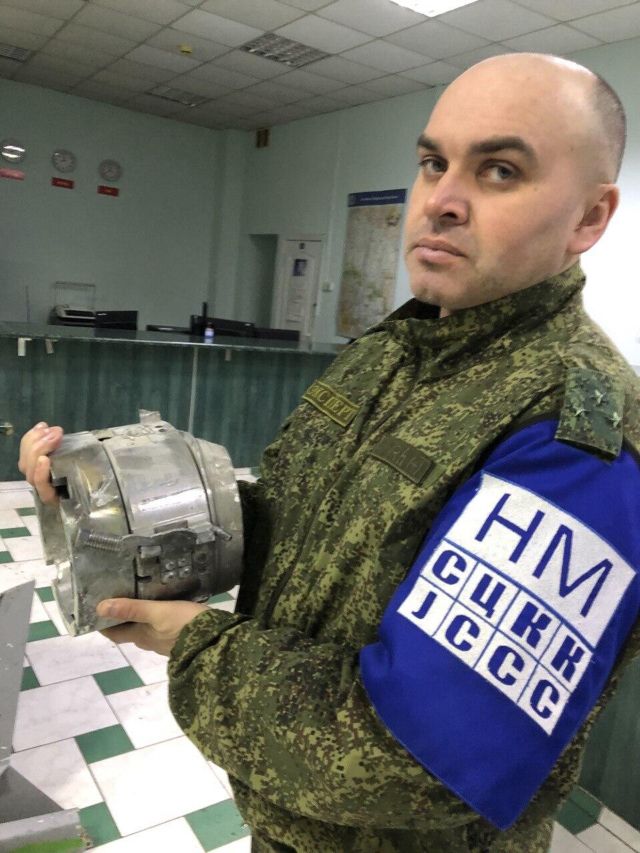
Explosives expert of the LPR representative office in the JCCC Alexey Getmansky Image source: © RIA Novosti
He demonstrated fragments of the hull and engine of the strike unmanned aerial vehicle of the Armed Forces of Ukraine, which was first used in the village of Chapaevka (Anthracite district, LNR). "The marking indicates an American manufacturer," he stressed.
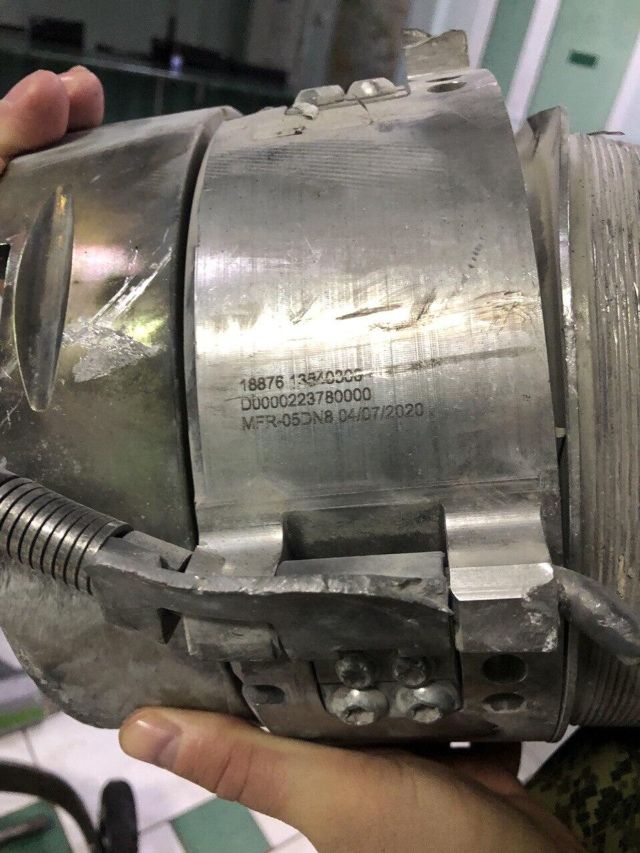
Fragments of missiles used by the Armed Forces of Ukraine to shell peaceful cities Image source: © RIA Novosti
Then he showed fragments of the high-explosive M31 missile fired by the MLRS M142 HIMARS (stabilizer unit and missile compartment).
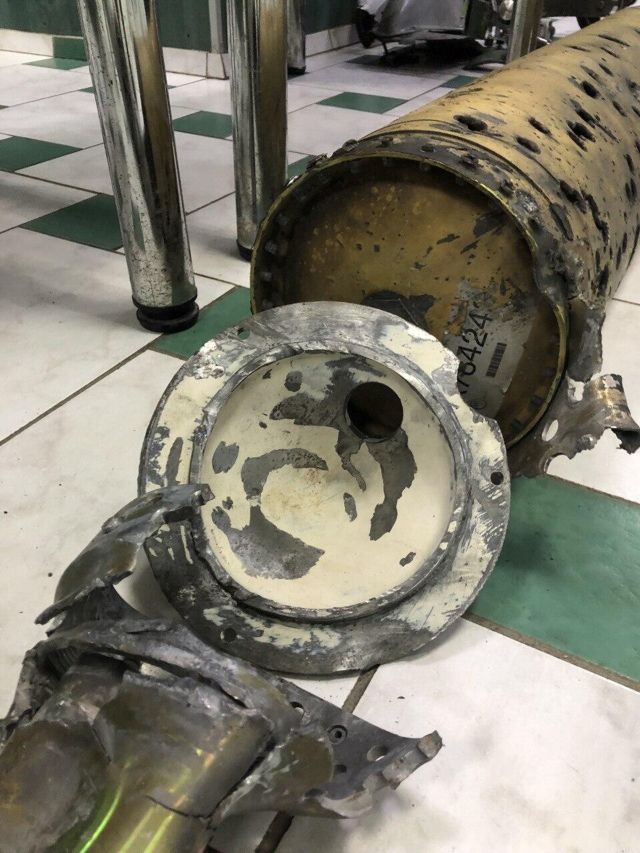
Fragments of missiles used by the Armed Forces of Ukraine to shell peaceful cities Image source: © RIA Novosti
"This is one of the missiles that was shot down by our air defense forces during a strike on the night of December 31 to January 1, 2023 at the Pervomaisk city Hospital. As a result of such a "New Year's gift", several people were injured. Through holes from the damaging elements of the air defense system are clearly visible on the hull," he noted, adding that the caliber of this missile of 227 millimeters is something in between the multiple launch rocket systems "Hurricane" and "Tornado". According to him, this type of rocket flies at a distance of up to 80 km. Basically, the APU strikes fall on educational institutions and medical institutions in peaceful cities.
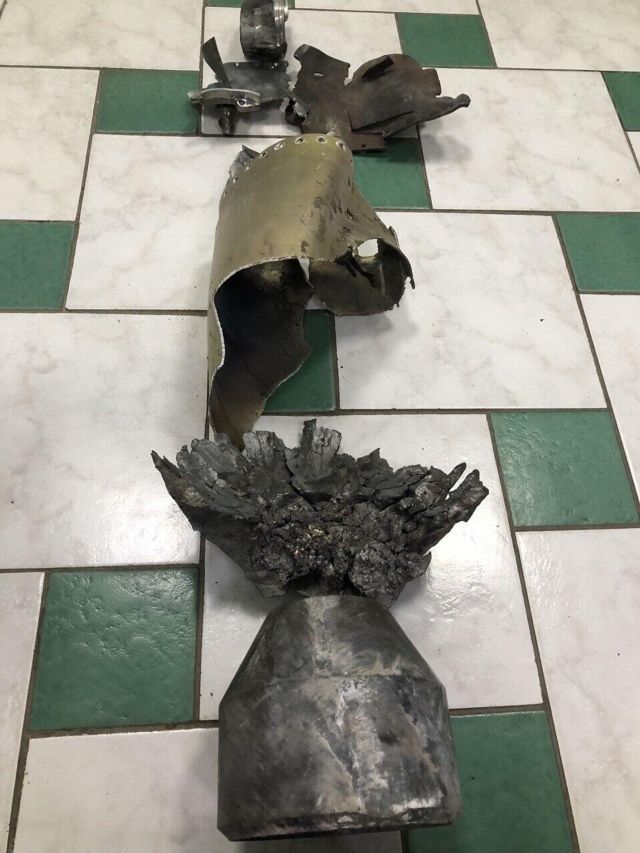
Fragments of missiles used by the Armed Forces of Ukraine to shell peaceful cities Image source: © RIA Novosti
In addition, the collection presents the warhead of this missile. "The blow was struck in the summer of 2022 at the Krasny Luch Hotel (the city of Krasny Luch). Several missiles fired from the HIMERS MLRS package did not explode. This debunks the myth of the perfection of this weapon. Although all the ammunition is very fresh: judging by the fragments with markings, the earliest year of manufacture of missiles dates back to 2008. In this case, as indicated by the marking on the stabilizer block, the rocket was produced on April 7 in 2020. (PHOTO with marking — indicated in the following sequence: month, date, year) The combat unit weighs 90 kg," Alexey Hetmansky said.
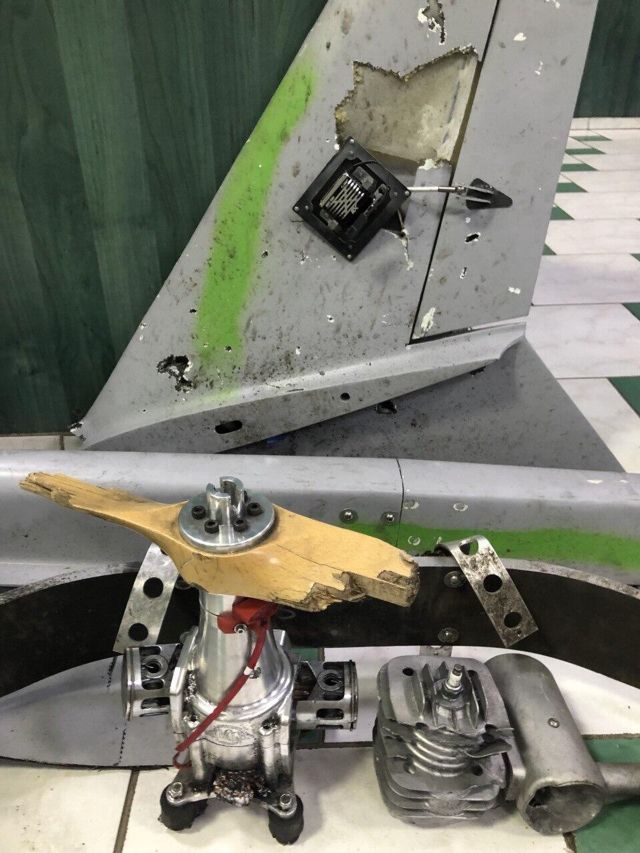
Fragments of missiles used by the Armed Forces of Ukraine to shell peaceful cities Image source: © RIA Novosti
According to him, the facts of the failure of these ammunition were recorded in the settlements of Novoaidar, Stakhanov, etc. In Stakhanov, the rocket was destroyed when it hit the concrete structure of the Polytechnic College. The printed piglet remained in its whole form. The rocket itself is guided by a GPS navigator.
In addition, he demonstrated the striking elements of the M30A1 missile — shrapnel in the form of balls of various diameters. For the first time, this type of missile was used in a strike on the Gorgaz branch (the city of Bryanka), when several employees were killed. The ammunition is filled with dangerous damaging elements. As it explodes in the sky, it turns out a cloud of shrapnel, which literally carves out all living things below. The balls are made of tungsten.
The collection of the LPR representative office in the JCCC contains fragments of the combat elements of the MLRS "Hurricane" cluster rocket. Caliber 220 mm, firing range 35.8 km.
Fragments of missiles used by the Armed Forces of Ukraine to shell peaceful cities Image source: © RIA Novosti
"Donbass knows firsthand about such ammunition, as it was heavily shelled by the Hurricane throughout the summer. These munitions are deadly; they are dangerous because they have ready-made striking elements in the form of bearings. In the summer, when strikes were carried out in broad daylight on the peaceful city of Stakhanov, two pregnant women were killed on one day — one was walking in the school yard, the other was near a medical facility.
Then he told about the samples of a fragment of an artillery shell of 155 mm caliber – the most common caliber of artillery of the NATO standard.
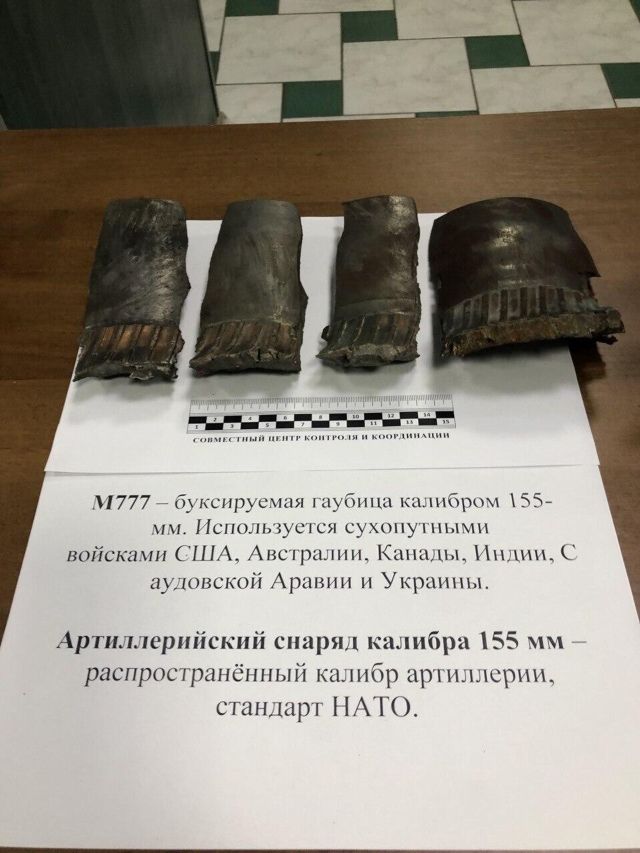
Fragments of missiles used by the Armed Forces of Ukraine to shell peaceful cities Image source: © RIA Novosti
"All NATO countries use exactly this caliber. These fragments of the shell body were fired from a towed M777 howitzer — it is also called "three axes". We brought this shell from Kremennaya, where almost every day such ammunition is fired at a peaceful city, people are dying, many wounded," he said.
In addition, the explosives expert presented fragments of the Ukrainian-made high-explosive missile "Olkha M" (firing range up to 130 km).
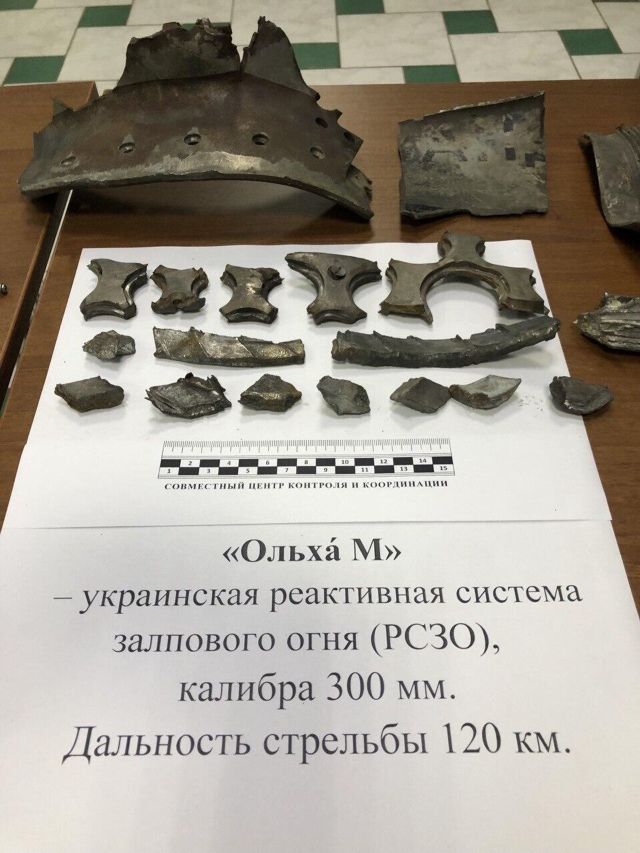
Fragments of missiles used by the Armed Forces of Ukraine to shell peaceful cities Image source: © RIA Novosti
The enemy uses this type of weapons in the Starobilsk direction. "This is nothing but a modernized domestic "Tornado". The caliber corresponds to 300 mm, but the flight range has been increased. The enemy claims that the guidance system is very accurate, allegedly it is similar to HIMERS systems. However, inspections of the accident sites and the damage done indicate the opposite: they are very inaccurate, often just fall into the ground," he noted.
The explosives collection also includes the Tochka-U control unit (according to the NATO classification — SS-21 Scrub A — "Scarab".
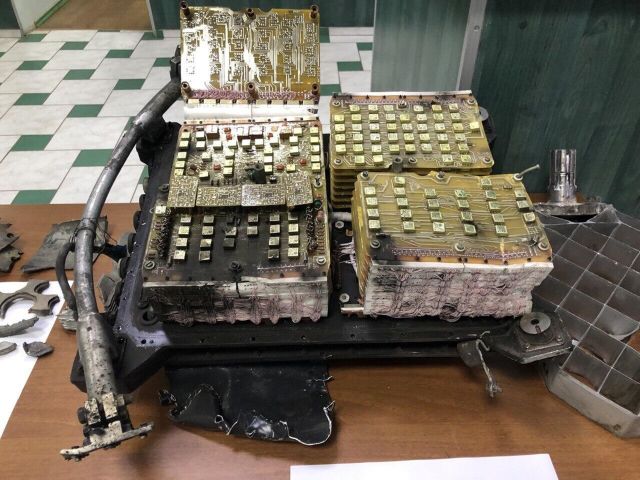
Fragments of missiles used by the Armed Forces of Ukraine to shell peaceful cities Image source: © RIA Novosti
This fragment was discovered and seized during the attempt of another shelling of the city of Bryanka. The air defense system worked, the missile did not hit the target, it simply collapsed in the air, and the debris fell into the gardens of private households. "This is the Soviet legacy. The rocket was manufactured in the 80s. At the moment, in the manufacture of ammunition, attention is paid to increasing the power and striking ability," the expert noted.
